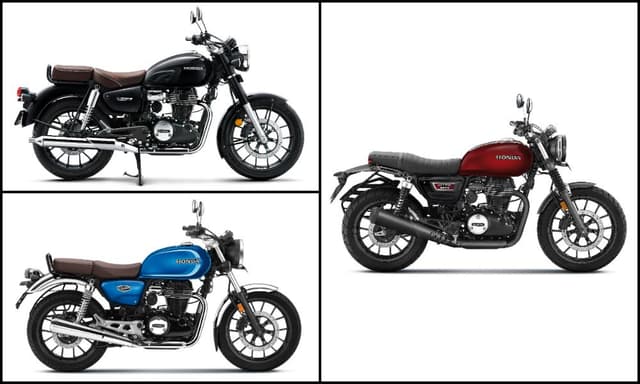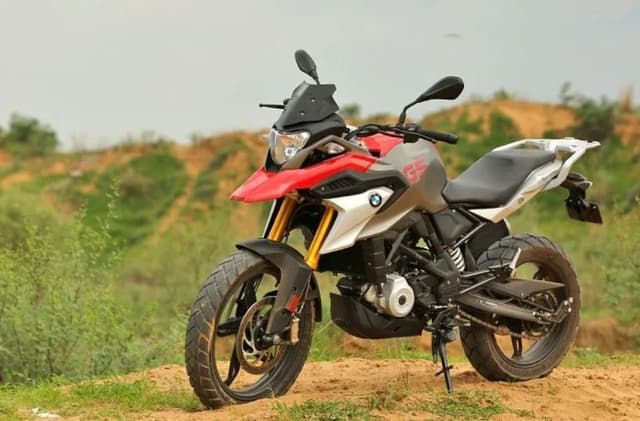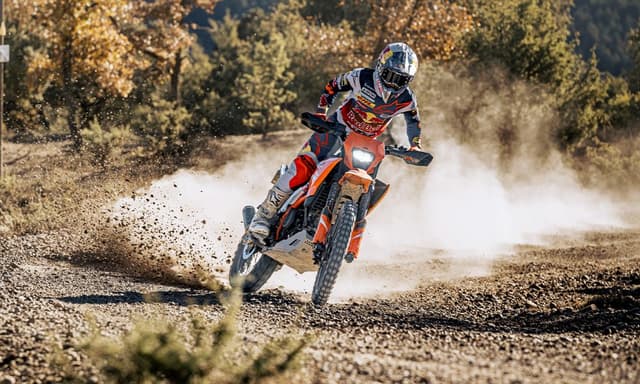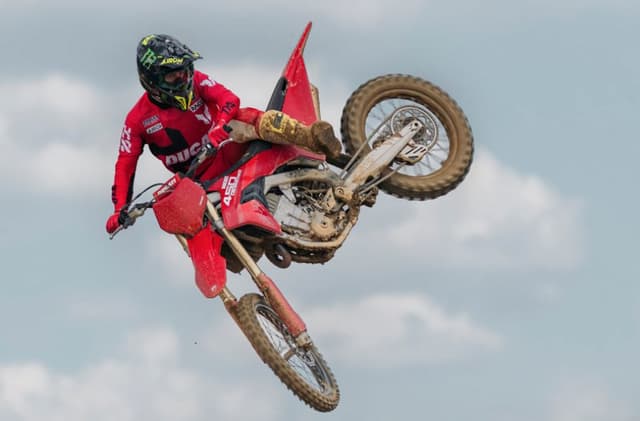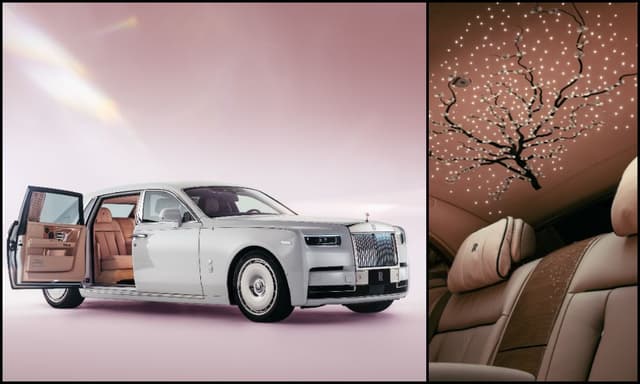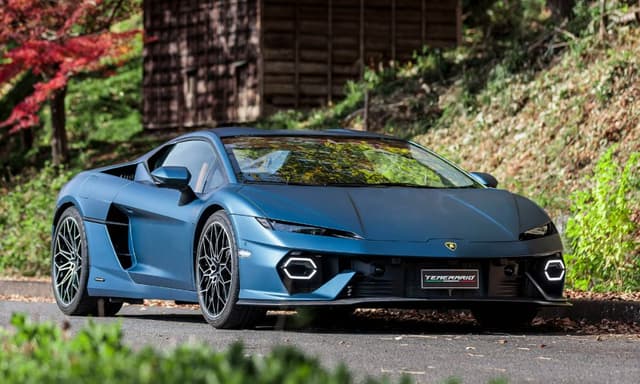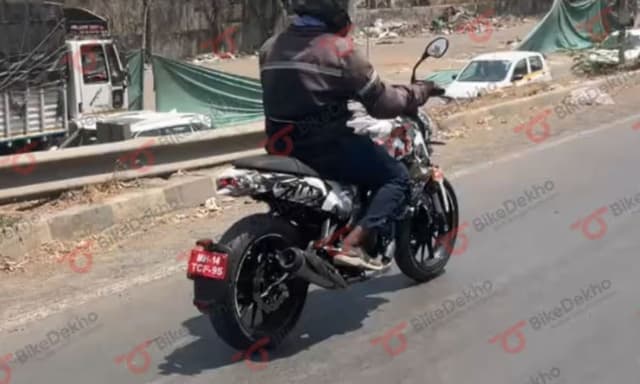Off-Road Motorcycle Riding Tips For Beginners

Highlights
- Using the right body position, looking up and ahead and more tips
- Standing up on the footpegs helps balance and control the bike
- Wear the right gear, and use the right bike to start off-road riding
Riding a motorcycle off-road seems to be picking up steam in India, and it's indeed a good thing to see riders exploring the nearest trails. Indeed, a lot of riders are heading out on weekends these days using all kinds of motorcycles to explore new territory, and mostly where there's no tarmac. First off, a disclaimer: there's no replacement for actual, practical demonstrations and loads of practice, and this is certainly not the most authoritative guide to becoming as close to a Dakar Rally veteran as you could possibly become. But what our tips will hopefully offer is give the newbie off-road rider some advice to keep in mind, for a safe, and enjoyable outing in the trails.
Also Read: Ducati DRE Off-Road Experience

Stand up, lock the knees, point toes inwards, look straight ahead and you are good to go!
To stand, or not to stand
So, why do riders stand up on the pegs when riding off-road? And should you emulate them, to look cool? Short answer is, yes! Standing up certainly gives you the right appearance, but there's more to it than just looking cool. Standing up on the pegs not only gives you a good view of the trail ahead, but in fact, it helps you balance and control the bike better over the loose stuff. Of course, there are times when you can sit on the saddle as well, especially over long flat stretches. But for beginners, we recommend trying to stand on the pegs as much as possible to get comfortable. At first, it may seem unnatural, but over time, it will help you reap all the benefits and joys of riding off-road.
Also Read: Sherco-TVS RTR 450 FX First Ride Review

The correct body position allows the rider to properly balance and control the bike
Work on the body position
The idea is to keep the arms relaxed and free, the legs slightly bent and the knees hugging the tank, using the legs to steer the bike. And your body weight needs to be transferred, usually to the front of the bike, over the handlebars, and sometimes to the rear of the bike when you need to weigh down the rear wheel for better traction. The ideal position to start off is the elbows up and pointing outwards, the hands holding the bars with the outer two fingers, and the inner fingers on the front brake and clutch. It will need practice, to work the clutch and shifting the gears while standing up on the pegs, but with time, it will come around. Most importantly, relax your body, keep it loose, not tensed up, and things will become a lot easier to control a bike which will likely be hopping and sliding around.
Also Read: Triumph Tiger Training Academy Ride Experience

Where you look is where you go, so vision is extremely important; and target fixation, especially on the front wheel, can make things go south
Look up ahead, not at the front wheel
Along with body positioning, where you look is what will determine almost every aspect of your ride experience, from steering, traction and ultimately, just having a good time. As with road or track riding, the thumb rule is: look where you want to go! That means looking up ahead, and not having your gaze fixated on the front tyre. So, keep your head up, look as far ahead as possible in the direction where you want to go. Looking down at the front wheel is almost a sure shot recipe of getting tensed up and not being able to respond properly when you do hit an obstacle, and take a tumble. For me, looking up ahead and pointing the front wheel in that direction goes a long way. And also important is to ignore the rear wheel, even if it's skidding, spinning and hopping around. As long as the rear wheel doesn't slide around to overtake you, you should be fine. Keep body weight ahead, focus on where you want to go, and practice, practice and practice!
Also Read: 2019 BMW GS Experience

Practice slowing down using engine braking and only the rear brake
When and how to hit the brakes
Learning to use effective engine braking will help improve your off-road riding skills. And if you do need to slow down, before a corner, or suddenly, practice using your rear brake. Use the front brake sparingly, and even if you have to, try not to grab a handful of the front brake lever; that will be asking for trouble to come knocking, fast! Practice locking the rear wheel and figuring out how much you can control the slide, while being in total control of the bike.
Also Read: Sherco-TVS Enduro Rally Ride Experience

Splashing around in water can be fun, but it's always important to check the depth
Tackling water crossings
Always, always make sure you have a good enough estimate of how deep the water is, and what is beneath the water. Big rocks will throw you off balance, and deep mud will make you stuck. And if the water is too deep, you may end up stalling the bike and that may be the end of your off-road outing. And of course, not to mention the pain and effort needed to drag the bike out, and then trying to re-start the engine, and in the worst case scenario, getting some professional help, or a trip to the service centre even. Either way, always judge how deep a water crossing is, or if there's enough traction under water, and if needed wade into it to figure out a safe line to cross.

A good pair of sturdy boots, proper riding pants, jacket, gloves and a helmet are the bare necessities
Wearing the right riding gear
It may not be your religion to wear all the gear, all the time (ATGATT), but it's actually a stupid decision to ignore proper riding gear. At the bare minimum, use your normal street gear if you must, but the wise thing to do is to invest in some proper riding gear. A sturdy pair of off-road or adventure riding boots will go a long way, not just in providing safety, but also in boosting your confidence. A good jacket, pair of riding pants with adequate protection, gloves and a proper, good quality helmet is the bare minimum you should think of, while venturing out off-road.
Also Read: BMW F 850 GS Vs Triumph Tiger 800 XCx

The Hero XPulse 200 offers a lightweight package with very good capability, but lacks the performance for experienced off-road riders
Choosing the right bike
Now, this is a touchy topic. Getting a full-size ADV may certainly get you admiring glances on the street, but these big, burly bikes come with their own pros and cons. The extra power of multiple-cylinder engines does come in handy, when you need to power out of tricky situations, or taking on a hill climb. And the extra torque of a decent sized adventure bike also makes it relatively easier to get the rear to step out, rally style! But hey, drop the bike, and unless you're with friends, you'll have trouble picking it up. And if you're stuck in deep, technical sections, a heavy ADV will tire you out sooner.
Also Read: Hero XPulse Rally Kit First Ride Review

The KTM 390 Adventure offers a superb, do-it-all bike, for street use, touring and for off-road use
Then, there's also the cost of repairs to consider. Riding off-road will involve dropping the bike, sooner or later. Replacing turn indicators, a clutch or gear lever, or even a mirror on a premium ADV is certainly going to be an expensive affair, compared to a much more affordable and lightweight bike. And if high tech electronics and riding modes on your full-size ADV give you a smug feel, also consider the costs of replacing the clutch plates if you were to replace them after a particularly tough day out in the trails.
Also Read: Hero XPulse 200 Vs Royal Enfield Himalayan

The BMW G 310 GS has decent off-road capability, and will quite easily do the occasional trail, but it's happier on tarmac
For beginners, the best bikes are small and relatively lightweight adventure bikes, like the Hero XPulse 200, or even the KTM 390 Adventure or the BMW G 310 GS. The Royal Enfield Himalayan can chug along over a lot of obstacles off-road, but considering its weight and mass, it's not the ideal choice to do slightly technical off-road stuff. Most importantly however, acquiring the right off-road riding skills require some training, practice, and enjoyment. If you aren't enjoying being out on the trails, you won't get better at it.
Latest News
- Home
- News
- Two Wheelers
- Off-Road Motorcycle Riding Tips For Beginners

